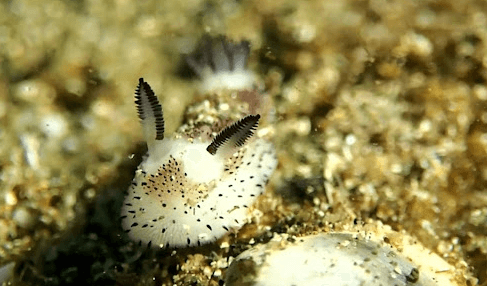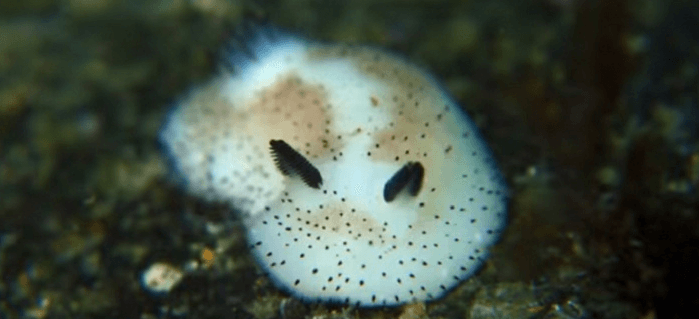Cute:6jwwx8mbgl0= Sea Bunny

Cute:6jwwx8mbgl0= Sea Bunny, or Jorunna parva, exemplifies nature’s capacity for whimsy, as its furry, rabbit-like appearance captivates both scientists and the public alike. Residing in the North Pacific’s shallow waters, particularly around Japan and the Philippines, this intriguing organism not only piques interest due to its aesthetic charm but also serves as a focal point for discussions on marine ecosystems. As social media amplifies its allure, one must consider the implications of such fascination—what does this mean for our understanding of biodiversity and conservation efforts in marine environments?
What Is a Sea Bunny?
A sea bunny is a colloquial term used to describe a particular species of sea slug, known scientifically as Jorunna parva, which is notable for its distinctively soft, fluffy appearance reminiscent of a small rabbit.
This organism exhibits unique physical characteristics, such as a velvety texture and small, ear-like structures.
Its feeding habits primarily involve grazing on microorganisms, including algae and bacteria.
Habitat and Behavior
Primarily found in the shallow waters of the North Pacific Ocean, particularly around the coasts of Japan and the Philippines, the sea bunny thrives in environments rich in microorganisms, which serve as its main food source.
Its habitat preferences include sandy substrates, allowing for effective camouflage.
Behavioral traits exhibit a slow, grazing movement, underscoring its adaptation to a life centered on feeding and survival in nutrient-dense regions.
Why They’re So Popular
The unique appearance and intriguing behavior of the sea bunny have contributed significantly to its popularity among marine enthusiasts and the general public alike.
Its adorable look, resembling a stuffed animal, has sparked viral trends across social media platforms.
This exposure not only enhances public interest in marine life but also fosters a sense of connection, inspiring conservation efforts and broader awareness of the ocean’s biodiversity.
Read Also Cute:3ps8dlwzmwe= Zebra

Conclusion
Cute:6jwwx8mbgl0= Sea Bunny Jorunna parva, exemplifies the intersection of marine biodiversity and public fascination, serving as a catalyst for conservation efforts.
For instance, increased awareness of this species has led to collaborative initiatives in Japan, where local organizations promote marine education and habitat protection.
Such endeavors underscore the significance of preserving unique marine lifeforms and their ecosystems, illustrating that even a small, seemingly innocuous creature can influence broader environmental advocacy and inspire collective action for ocean conservation.




